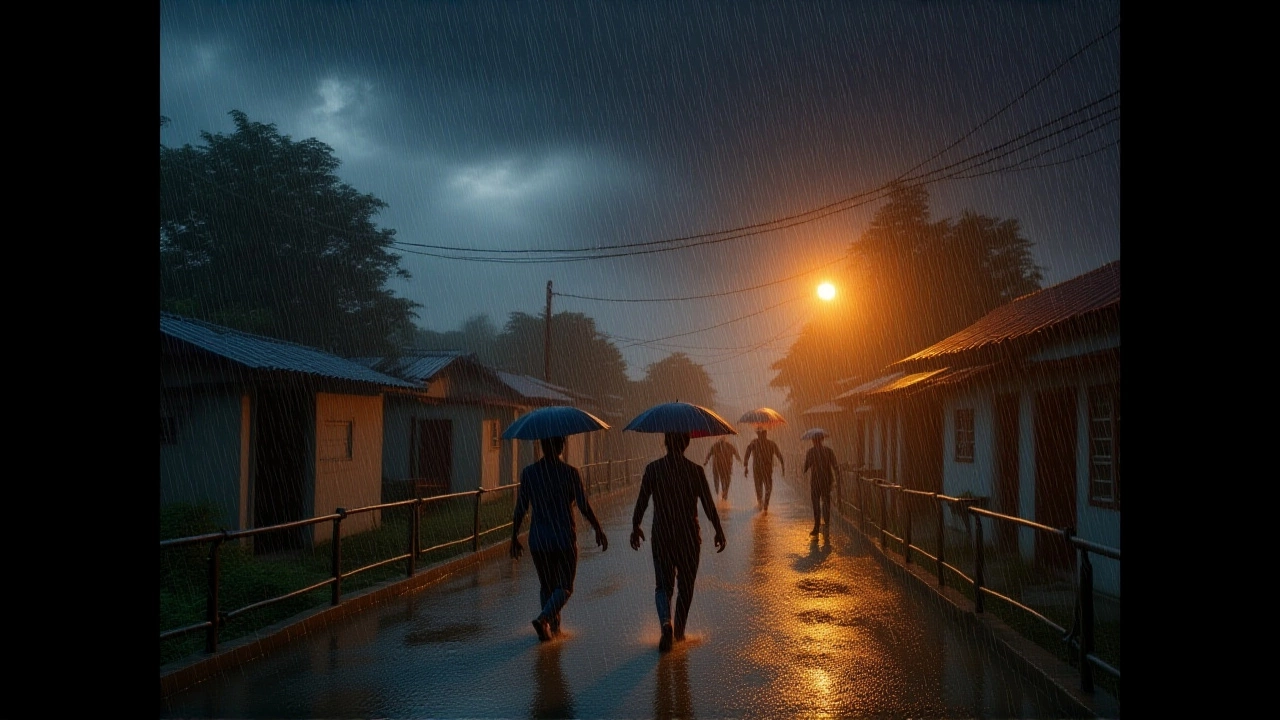Darjeeling Landslides
When talking about Darjeeling landslides, massive slope failures that happen in the hilly terrain of the Darjeeling region, often during heavy rain. Also known as Darjeeling landslide events, they are a recurring threat for locals and visitors alike. The Darjeeling district, a high‑altitude area in West Bengal famous for tea gardens and steep valleys sits right in the path of the monsoon season, the period from June to September when the Indian subcontinent receives the bulk of its annual rainfall. When rainwater soaks the soil, it reduces friction and makes slopes unstable, creating the perfect conditions for landslides. In short, Darjeeling landslides are a natural hazard that blends climate, geology, and human activity.
One major driver behind these failures is geological instability, the tendency of rock layers and soil in the Himalaya foothills to shift under pressure. The region’s young, fractured rocks are already prone to movement, and when you add factors like deforestation, road cuts, or unplanned construction, the risk jumps dramatically. Think of it like a bookshelf: if you keep removing the back panel, the whole unit wobbles and can topple with a slight push. In Darjeeling, that push is often the sudden surge of water from a monsoon storm. Water saturation increases pore pressure, which in turn lowers the shear strength of the slope – a classic cause‑and‑effect chain that disaster analysts track closely.
Beyond the science, the real heartbreak shows up in the damage to lives and livelihoods. Human displacement, the forced movement of families from homes that are damaged or deemed unsafe is a common outcome, as entire villages can be cut off or buried. Roads that connect tea estates to markets crumble, halting the flow of goods and hitting the local economy hard. The tourism sector, which relies on clear mountain views and safe trekking routes, also suffers when news of a recent slide spreads. All these effects underscore why disaster management, the coordinated effort of government agencies, NGOs, and community groups to prepare for, respond to, and recover from emergencies is essential. Effective planning—like early warning systems, slope monitoring, and evacuation drills—can cut fatalities and speed up rebuilding.
In the posts you’ll find below, we break down the latest incidents, share safety tips for travelers, and look at how authorities are improving early‑alert networks. You’ll also see stories about how local residents adapt, the role of technology in monitoring landslides, and what the upcoming monsoon forecasts mean for the region. Whether you’re a student, a trekker, or simply curious about how nature and humanity intersect in the hills, this collection gives you a clear picture of the challenges and the steps being taken to mitigate them.
Heavy Rainfall Triggers Fatalities and Floods Across Bihar, Darjeeling, and Nepal
Heavy rainfall on Oct 5, 2025 triggers deaths, floods and landslides across Bihar, Darjeeling and Nepal, prompting emergency relief and warnings from officials.

 Cricket
Cricket